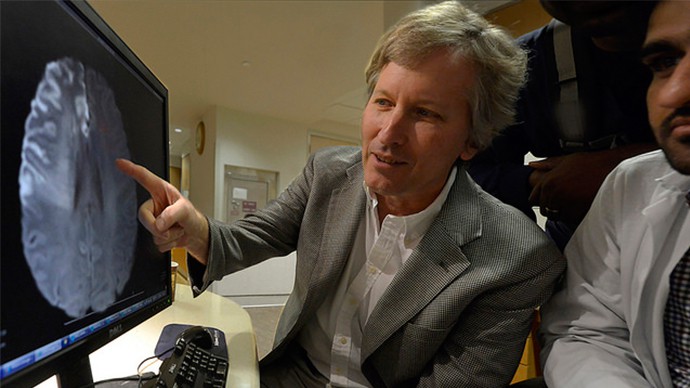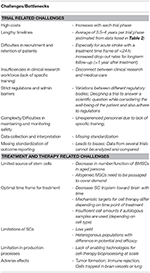
NSCs within the adult brain germinal centers reside in a specialized microenvironmental niche. Current Molecular Targets for Adult Neurogenesis Thus, most efforts focus on stimulating the formation of and preventing the death of neurons and glial cells in the CNS. Nevertheless, many remaining problems, such as ethical controversial, standardization, viability, purity of cell materials and safety issues, greatly block the clinical application at least in the near future. Experimentally, the transplantation of NSCs is a promising strategy for the replacement of dead or injured neurons. Recent progress in stem cell therapy proposes the approach of transplantation of NSCs targeting brain repair. Enhanced neurogenesis either by stem cell transplantation or stimulation of endogenous neurogenesis could partly amend the damaged brain functions, raising hopes for brain repair treatment. Enhanced neurogenesis was found in hypoxic NSCs in vitro and in ischemic brains of neonatal mice, adult rats and aged humans in vivo. Adult neurogenesis mainly occurs in the subgranular zone of the dentate gyrus of the hippocampus and the subventricular zone (SVZ) adjacent to the lateral ventricle. Neural stem/progenitor cells (NSCs) can potentially develop into new functional neurons in the adult central nervous system (CNS). The discovery of adult neurogenesis sheds light on the development of new therapeutic approaches for stroke.

Unfortunately, the currently available therapies are only rarely successful in improving recovery from neurological deficits. Therefore, post-stroke rehabilitation becomes a major therapeutic focus for most post-stroke patients. Thus, the development of novel therapeutic strategies and new drugs is important for stroke treatment. While many neuroprotective drugs are effective in animal models, they failed to pass clinical trials. Although thrombolytic therapy has decreased the morbidity and mortality of stroke, most stroke patients could not catch up on the golden therapeutic window beginning from their initial clinical symptoms in order to reach a definite diagnosis.
#Stem cell treatment for stroke Activator#
Recombinant tissue plasminogen activator is an FDA-approved drug, but it has a critical time window within 4.5 h with the potential risk of hemorrhagic transformation.

Nevertheless, the clinical outcome is still not satisfying. In the last decades, tremendous efforts have been made to develop therapeutic approaches for stroke treatment. Although the precise mechanisms and molecular targets of herbal medicine for neurogenesis are still unclear, current progress at least provides a cue for exploring the therapeutic principles of Chinese herbal medicine and developing new drugs for brain repair after stroke. Finally, we reviewed the current knowledge about the effects of Chinese herbal formulas, active fractions and active compounds on promoting adult neurogenesis as well as their molecular targets. We then briefly introduced Chinese medical theory and herbs for stroke treatment in TCM.

Herein, we reviewed the current progress concerning the molecular targets and cellular signaling pathways involved in adult neurogenesis after cerebral ischemia. In the last decade, large efforts have been made to investigate the molecular targets for the regulation of adult neurogenesis and to explore the active compounds and molecular targets of herbal medicine for regeneration therapy. The combination of Chinese herbal medicine and stem cell biology approaches provides great potential for post-stroke rehabilitations. Traditional Chinese Medicine (TCM) has a long history with accumulated experiences and case reports using herbal formulas to treat stroke disability. Targeting adult neurogenesis becomes a novel and promising therapeutic strategy for brain repair and recovery of neurological functions. Recent progress suggests that neural stem/progenitor cells can potentially develop into new functional neurons in adult brain, offering hope for regeneration therapies for stroke treatment.


 0 kommentar(er)
0 kommentar(er)
